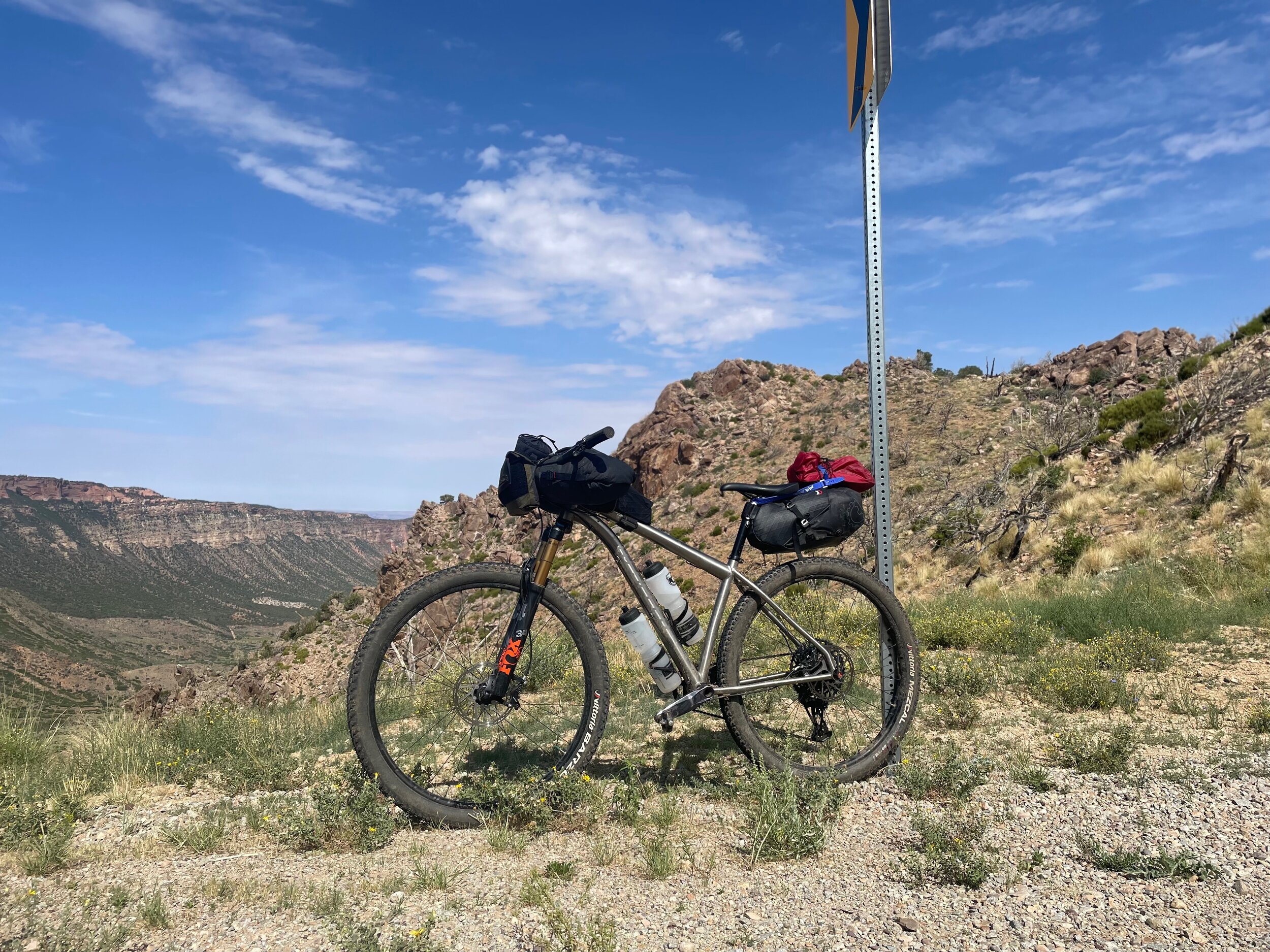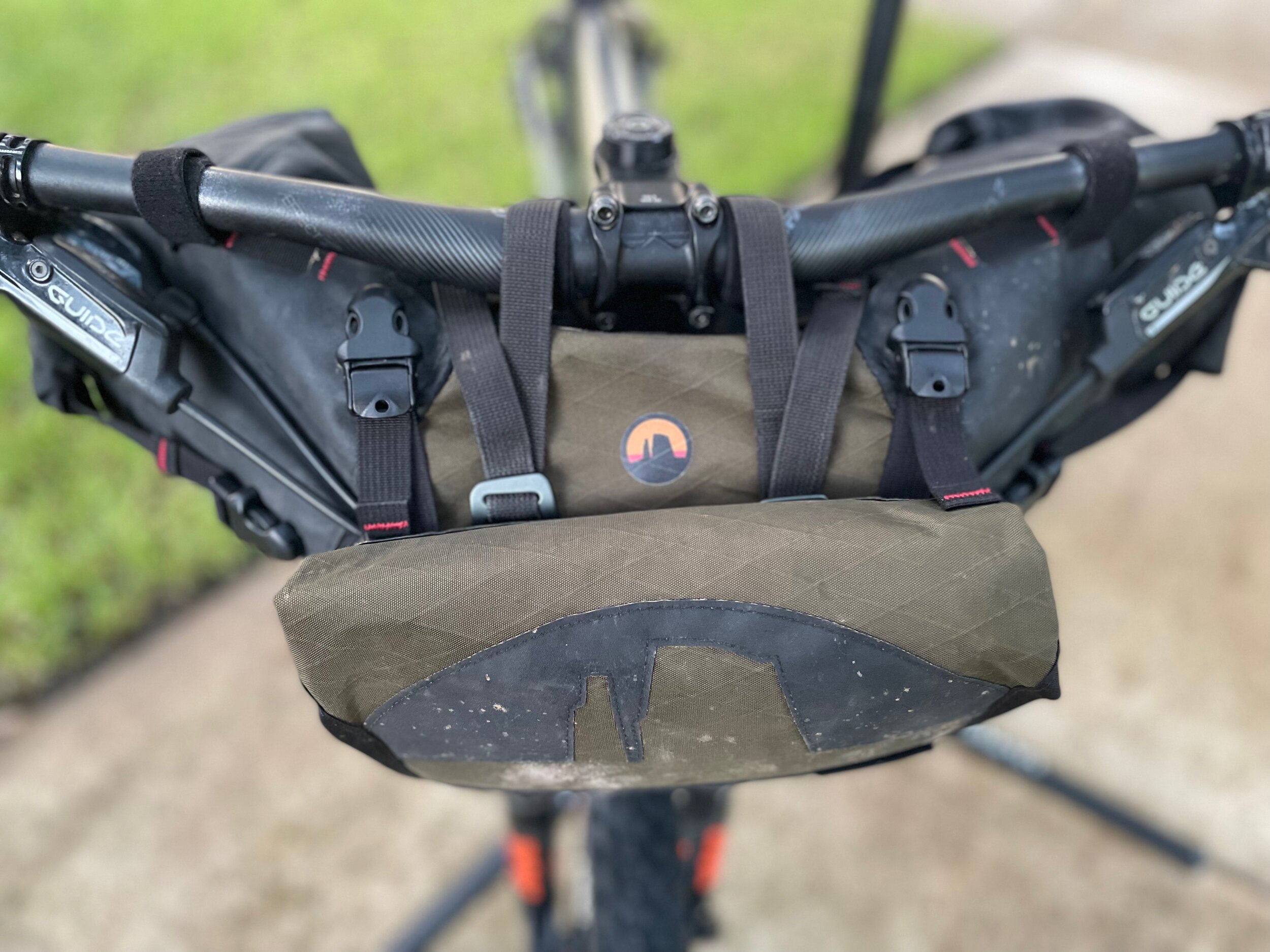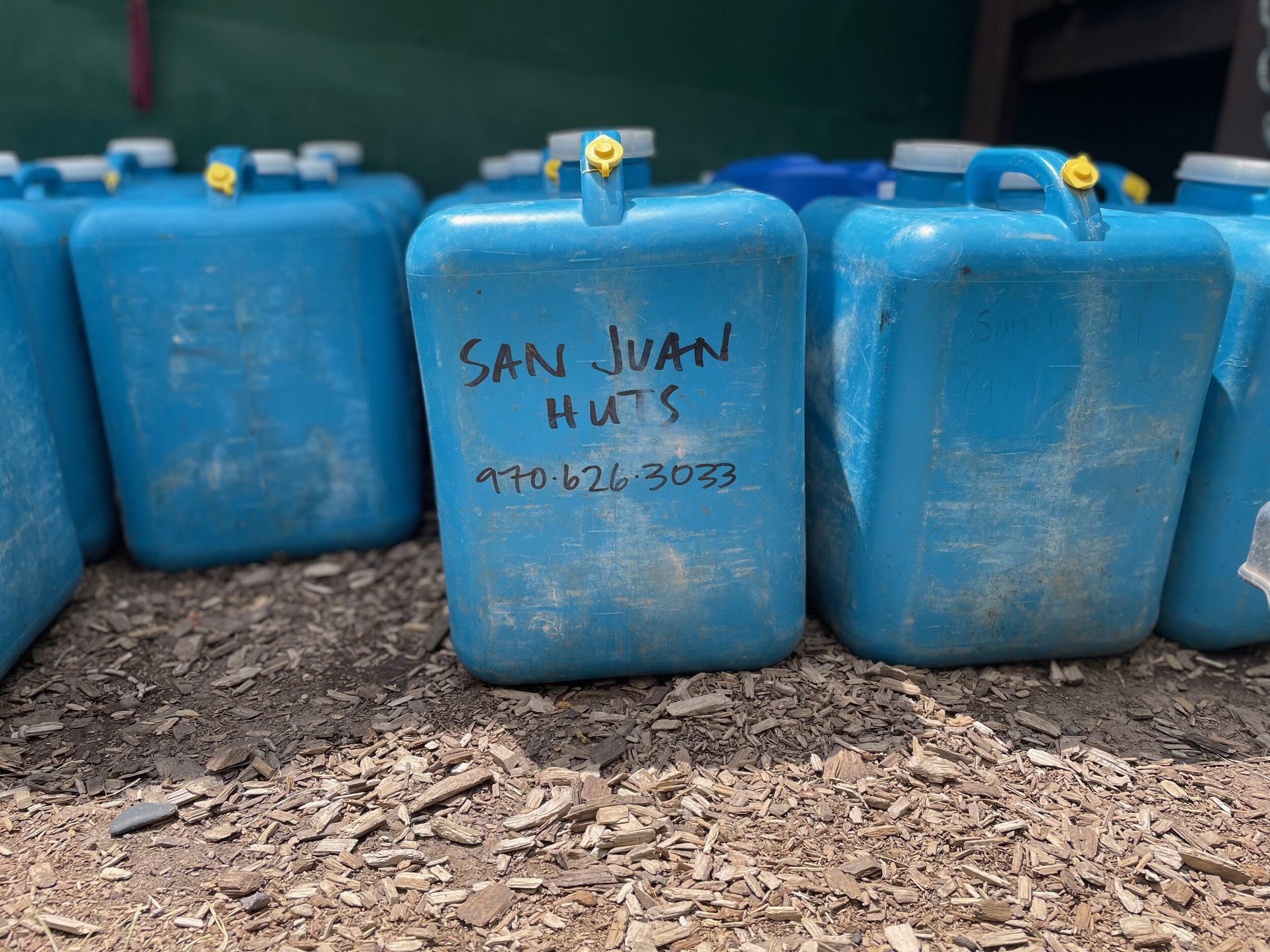SAN JUAN HUT SYSTEM - PRODUCT REVIEW
GPP is an acronym for General Physical Preparedness. Our athlete’s ability to take on a wide variety of physical activities is engrained in our training and approach to life. So when some friends invited me to join them on a 7 day mountain bike ride across the Rockies I had no hesitation.
The San Juan Hut System (SJHS) is a “hut to hut” adventure organization providing several routes across Colorado and Utah for mountain biking, backcountry hiking and backcountry skiing enthusiasts.
This page is not about our physical ability to ride over 260 miles on mountain bikes. This is about the “things” we needed to ride from Telluride, Co. to Moab, Ut. The products we had to invest in to provide storage, safety and comfort for us to get from the Pines and Aspens of Telluride into the sedimentary landscape of Moab.
I have asked the other 7 riders to provide a review of some of their favorite, or least favorite “things”. Anything is fair game. Below are two of my favorite purchases for the trip. I really did not have any negative outlooks on the other products that accompanied me on my trip. So no need to call anyone out.
GEORGE’S REVIEW
Bedrock Bikepacking Bags
Moab Handlebar Bag ($160)
Essential to any elongated bikepacking trip is the ability to efficiently “pack” your stuff. Since the last trip we took with SJHS back in the early 2010’s, bikepacking gear has advanced greatly. Back in the day we stuffed a backpack with clothes, parts and food and just hit the trail. Most everything, including water, was hauled on the back. Frame bags, seat bags and handlebar bags were few and far between. And, at that time in my life beyond my financial means. - since the last trip I have forever banned anything on my back while riding. 60lbs+ on your back will do that.
Here I would like to call out the Moab Handlebar Bag from Bedrock Bikepacking Bags. This was by far my favorite “thing” on the trip. Before my purchase I scoured internet bikepacking reviews, dove into product websites, and asked my MTB friends their experiences with different products. I then decided to make the $160 purchase for the Moab Handlebar Bag and then patiently waited for my friendly neighborhood UPS driver to drop it off at my front door.
The intriguing, and initially concerning, design of a wrapped bag design (delta shape) versus a full front load is amazing. The design of the bag felt as if it was stitched within the geometry of my bike. Cornering was not compromised, climbing felt evenly distributed, and some of the reviews that I read where riders were concerned about knee clearance was not even close to being issue.
As everyone should do before you embark on a trip like SJHS, I completely loaded up my bike with bags, gear and water and set out on several test rides - (I actually left my bike like this for more than a month). The Moab’s arced design of the bag kept the weight near the steering axis. A couple times my knees did touch the bag on quick, off seat, steep climbs but there was no compromise to the climb. Plus a little tactile reinforcement is not bad.
Riding with the Bag
On the actual ride I forgot the bag was on the bike. It was part of the bike, which was then part of me. The bag flowed within my lines. It steadily accompanying me on the climbs. And it held sturdy and tight on the rocky descends. It moved with the bike. It was nice.
Packing the bag
The Moab Handlebar Bag holds up to 13Ls but somehow I found myself stuffing additional protein bars, energy chews, handlebar lights and Nuun containers well past what I thought would be a full bag. The bag feels better when packed to capacity.
One of the great things about the design of the bag, and the harness design, was that I was able to over pack my heavier and awkward items in the center of the bag and then pack outward with lighter and more stuffable items creating an even distribution of weight (center out). The center harness provided un-compromised bag support and the easy cinch straps provided a tight bundle of gear that I could pack “stuff” around.
Access to gear
The Moab bag has two points-of-entry. One on each side. The roll and click approach makes it simple to access items from either side of the bag whether you are on the trail or in the hut. I personally kept my rain gear on the right and camp gear on the left. With of course my heavier items in the middle. This worked great. When the rain came in during our day 3 ride I was able to grab my rain jacket within seconds without disturbing any other packed items.
The Moab Handlebar Bag from Bedrock Bikepacking Bags is a solid “thing”.
PROS
Wrap around design (Delta bag shape)
Additional front pouch attachment
Easy install and removal
Harness and velcro handlebar straps
Dual access
Solid and secure
Assortment of colors
CONS
The assortment of colors (I was really only drawn to one)
Outside of storage and packing capacity for a 7 day trip the other concern is safety. Food and water are not of plenty crossing from Colorado into Utah, without some deep navigation, orienteering and off-trail mileage. On our ride we really only crossed one first-order spring that provided fresh water without a GRAYL or a LifeStraw.
Going into Utah my major concern was planning for adequate hydration. We were in the summer months (mid July) with a high heat index, on the tail end of some major fires and in the midst of drought. Hydration is essential. I have always been of the mentality of maintaining an “even level” along a ride like this. A consistent hydration level, with a consistent caloric intake and consistent energy output. Never too high and never too low.
It was recommended to bring approximately 80 - 100 oz. of water with you on the bike. With my pre-hydrate and re-hydrate strategy reinforced by SJHS staff (all the huts had plenty of water) I knew I only needed about 70 - 80 oz. on my bike to fill the gap in my hydration process (Pre-hydrate, hydrate, Re-hydrate).
I put a second water bottle carrier on my Pinhoti and then put TWO 38 oz. “Further Water Bottles” onboard to give me almost 80 ounces of water. Besides the last day riding into Moab when we decided to add extra (unplanned) mileage to our ride I had plenty of water with me. 6 of the 7 days I rode up to the hut with excess water. Very comforting.








